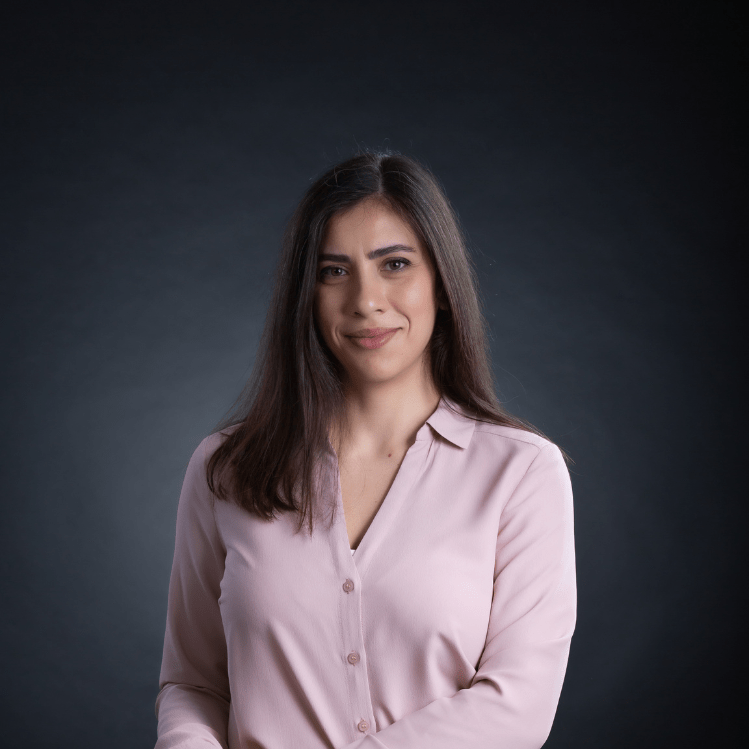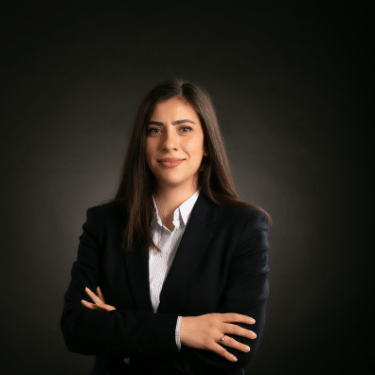
Canvas of Healing: How Ms. Ioannou is Transforming Mental Health Through Art
In a world where words often fall short, Marina Ioannou has discovered the transformative power of art as a bridge to emotional healing and personal growth. With an MA in Art Psychotherapy from Goldsmiths University of London and a BA in Fine Arts, Marina has spent over a decade using creativity to support others unlock resilience and well-being. From clinical settings in England to innovative projects in Cyprus, her work has redefined how we approach mental health—most notably with the first-ever museum-based art psychotherapy program for older adults in Cyprus. Marina Ioannou’s innovative approach is not just therapy; it’s a masterpiece of compassion, connection, and creativity.
What inspired you to pursue a career in art psychotherapy, blending your passion for art with psychology?
My journey into art psychotherapy began with my background in Fine Arts, where I developed a deep appreciation for the therapeutic power of art. The opportunity to work with Britta Von Zweigbergk at Little Brook Hospital before my formal training allowed me to witness firsthand how art psychotherapy utilises the creative process as a tool to facilitate change and the resolution of emotional or psychological conflicts. This experience reinforced my belief in art as a therapeutic tool and inspired me to combine my love for art with psychology to help others. Art psychotherapy became the perfect avenue for blending these two passions.
Could you share an experience where you witnessed significant emotional growth in a client through art therapy?
During my time at Parkside Clinic, I worked with a young person dealing with complex trauma. Through the creative process during their therapy sessions, they were able to explore emotions that were challenging to verbalise, and over time, I observed a remarkable shift in their confidence and emotional resilience.
How do you tailor your therapeutic approach to accommodate individuals of different age groups?
Adapting my approach to each age group is essential. With children, I often use playful, structured activities that allow them to engage creatively and feel safe expressing themselves. For adolescents, I create spaces that encourage self-reflection and identity exploration. For older adults, especially in our museum-based program, I also incorporate tools and exercises from reminiscence therapy and adapt them to art therapy to help them connect with their past in meaningful ways. Each age group brings unique needs, and I strive to make therapy approachable and beneficial for all.
What challenges have you encountered while implementing the museum-based art psychotherapy program for older adults, and how did you overcome them?
A major challenge was ensuring that the program felt accessible and engaging for older adults who may not have prior experience with art. We addressed this by focusing on creating a welcoming, nonjudgmental atmosphere that emphasises self-expression and connection. Partnering with a museum also required careful coordination and education about the goals of art psychotherapy, which we managed through open dialogues with the museum educator.
How do you ensure that your therapeutic interventions are culturally sensitive and inclusive, especially in a diverse community like Cyprus?
Working with individuals from various backgrounds during my time in England and in Germany taught me the importance of cultural awareness in therapy. In Cyprus, I take time to understand each client’s unique cultural context and respect their values. I also collaborate with local organisations to ensure that my work is inclusive and considers the diversity of the community. This sensitivity is essential to fostering trust and creating a safe therapeutic space.
Can you describe a particularly memorable collaboration with a local organisation that had a significant impact on the mental health of the community?
One memorable collaboration was with a fellow art therapist in launching Cyprus’s first museum-based art psychotherapy program for older adults. This initiative not only provided emotional support for the elderly but also gained national recognition, highlighting the value of art psychotherapy. Our collaboration had a meaningful impact on the community by raising awareness about mental health and providing a novel form of support for older adults.
In what ways do you continue to expand your expertise and stay updated with the latest developments in the field of art psychotherapy?
I am committed to continuous learning, and regularly attending trainings, seminars, and conferences. These events allow me to connect with professionals from diverse fields and incorporate new insights into my practice. This multidisciplinary approach enhances my therapeutic strategies, enabling me to address clients’ needs more holistically and stay informed about the latest advancements.
What are some common misconceptions people have about art psychotherapy, and how do you address them?
One common misconception is that art therapy is only for children or artists or that it requires artistic talent. I clarify that art psychotherapy focuses on self-expression and emotional awareness rather than artistic skill. I emphasise that anyone can benefit from this form of therapy, as it’s about building emotional resilience, personal growth, and healing rather than creating “perfect” art.
Could you share a success story from your practice that exemplifies the effectiveness of your multidisciplinary approach to mental health care?
While working in Germany, I coordinated support groups for expatriates to address loneliness and isolation. By integrating cross-cultural sensitivity, group dynamics, and art-based methods, we were able to foster a strong sense of community among participants. This experience highlighted how a multidisciplinary approach can create a safe and supportive environment, leading to lasting positive change.
As a respected figure in the field, what advice would you give to aspiring art therapists who are just starting their careers?
My advice would be to embrace continuous learning and remain open to collaboration. Every client and experience will teach you something new, so stay curious and flexible. Building strong professional networks can also be invaluable, as it opens doors to new perspectives and support. Most importantly, approach each client and each session with compassion and humility, and remember the transformative power of art in fostering healing.

APPLY TODAY
100 Top Global Women Entrepreneurs – Global Woman Magazine
Our Journey in 12 Months:
Our Journey in 12 Months – Global Woman Magazine
5 Things That Show Money is Not Evil:
5 Things to Show That Money Is Not Evil – Global Woman Magazine
Global Man Magazine Page:
Global Woman, Global Man: Socials:
Global Woman Magazine (@global_woman.magazine) • Instagram photos and videos






